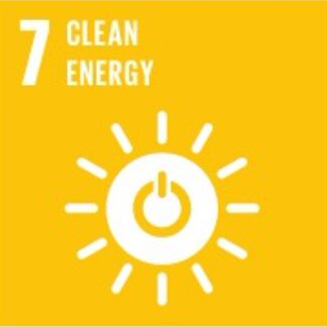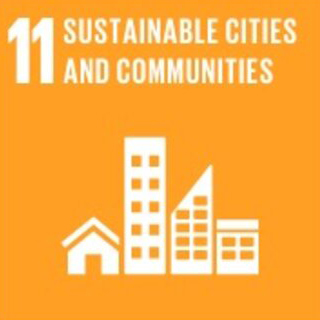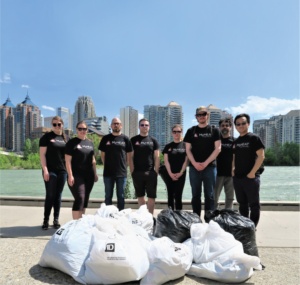
Alignment with the Sustainable Development Goals by the United Nations
The 17 Sustainable Development Goals (SDGs) are part of a global partnership implemented in the 2030 Agenda for Sustainable Development which was adopted by all United Nations member states in 2015. These SDGs provide a shared blueprint for peace and prosperity for people and the planet, both in the present, and in the future. These goals are an urgent call for action by all countries. At MyHEAT, we work to support global efforts in energy efficiency and mitigating climate change which aligns well with many of these SDGs. The top 3 goals reflected in our work include Affordable and Clean Energy, Sustainable Cities & Communities and Responsible Consumption and Production.
Affordable and Clean Energy

In Canada, 20% of households face high energy burdens – more commonly known as ‘energy poverty’. Households that spend more than 6% on their after-tax household income on home energy services (e.g electricity, home heating fuels) are said to be experiencing energy poverty. Nearly one-third of households in the U.S. have strained to pay their energy bills, with racial minorities and marginalized communities being hit the hardest. For many, this could mean having to decide between putting food on the table or heating their homes. According to a report from the U.S. Energy Information Administration, 7 million households report forgoing food and medicine nearly every month in order to pay energy bills.
Those who live in older or less efficient homes will experience higher energy burdens. Across all Canadian provinces and territories, Prince Edward Island comes in with the highest percentage of energy poverty, with 41% of households experiencing high home energy cost burdens.
At MyHEAT, the goal of Affordable and Clean Energy is directly reflected in our HEAT Maps platform which makes energy loss visible and improves energy literacy for building owners around the world, nudging them to improve their efficiency. By increasing awareness of the available rebates and incentives for home and business retrofits via our platforms, building owners can make informed changes, and monthly energy bills can be reduced significantly.
Sustainable Cities and Communities

Creating a sustainable city or community requires a long-term innovative perspective. We must focus attention on ways to adapt to change in the present, as well as anticipate the human, financial capital, and natural resource needs for the future. MyHEAT’s technology encourages the emergence of more sustainable cities and communities, one building at a time. By showing building owners how easy it is to improve their efficiency, our technology can help inspire a whole community of smart energy consumers. Actions such as implementing additional solar panels in a community can decrease the reliance on fossil fuels, and help transition into a cleaner, renewable energy economy.
This positive cascading effect of community involvement will allow for a greater impact, and political leaders will be more inclined to take action and prioritize sustainability programs and funding.
Responsible Consumption and Production

Globally, the world wastes more energy than it uses each year. As cities grow, the power supply must grow too. How can cities responsibly tackle energy production and consumption for a growing population? If an energy provider does not have the capacity to serve the new customers with existing infrastructure, they will need to acquire new supply. Typically this will be done either with additional gas pipelines or electrical wiring. These are large capital expenses and take a toll both financially and on the environment. In many parts of the world, energy providers face restrictions on building further infrastructure to accommodate this growth.
However, with the use of MyHEAT’s technology, such capital-intensive projects may not be necessary. By using our HEAT Maps platform, an energy provider faced with this challenge is able to better understand the energy loss of buildings within their entire service territory. When this information is combined with other datasets, they can target buildings with high consumption that are also experiencing higher energy loss. If those buildings implement more efficient measures, the stress on the supply will decrease, opening up opportunity for expansion and growth without the financial and environmental costs.
In order to meet the greenhouse gas emissions reductions goals required to further limit global climate change, organizations and individuals around the world must all contribute in various ways, and the UN Sustainable Development Goals provide an excellent framework to structure these global efforts.
At MyHEAT, we acknowledge the urgency required to achieve these goals which is why we build tools to engage the human spirit on Energy Made Visible™. Our work directly aligns to SDGs 7, 11, and 12, and we indirectly support additional goals. If your organization is working to achieve any of the SDGs, let’s avoid reinventing the wheel and find a way to build ‘Partnerships for the Goals’ (Goal #17). Reach out to us at solutions@myheat.com or contact us here.
Written by
Gillian Ward – Business Development Intern at MyHEAT




Well written and very interesting.